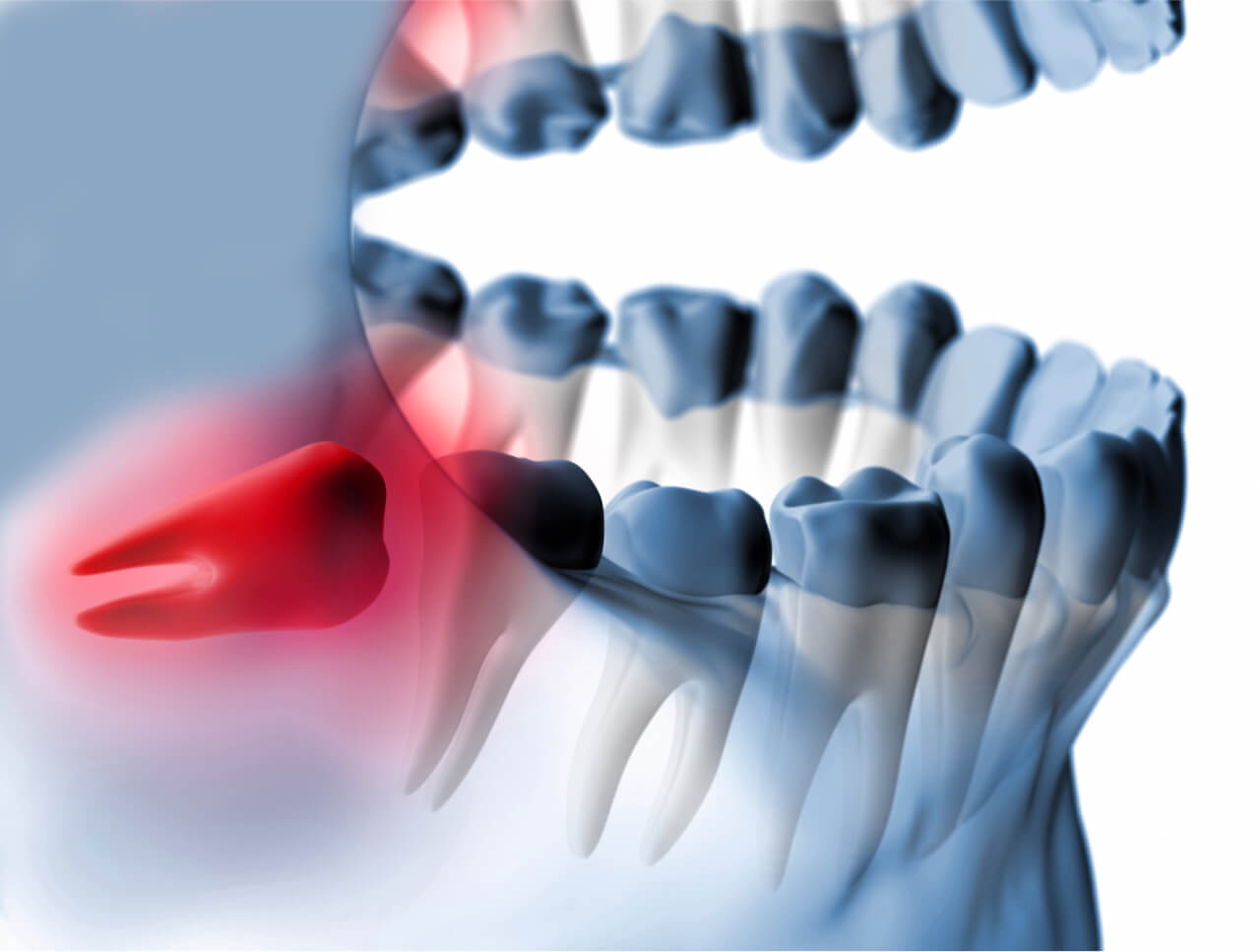When there is not enough space in your mouth to properly fit the teeth, the removal of impacted teeth is needed to prevent overcrowding of your teeth. This is common with the wisdom teeth that do not develop through the gumline and they remain impacted beneath jaw bone. An impacted tooth may be infected and this is the reason as to why it should be removed. To know more about wisdom teeth removeal, visit https://toothsome.com.au/dental-services/oral-surgery/wisdom-teeth-removal/.
The removal of impacted teeth can be done in two main ways. These are the simple and surgical extractions. In a simple extraction, the tooth is removed with the same tools as in surgical extraction, but with no tooth segmenting [cut] to help in its removal.
Surgical extraction of the impacted tooth is so straightforward. The dentists administer a dental anesthetic to numb the area around the tooth. Then an incision is made along the gumline creating a surgical flap. This allows the dentist to easily access the bone alongside the jaw which is encasing the tooth. 
Once the flap is made, A surgical handpiece is used to layer away from the bone providing space for extraction of the tooth. Once the tooth crown is fully visible, the dentist may need to segment the tooth in order to extract it. How the tooth is going to be segmented depends on some factors .they include a number of canals available and the tooth root shape.
Once segmented dentists rock the tooth forth and back for ease in removing. A pair of forceps or elevator is used to do this.since bone in our jaw is tender, the gentle rocking motion compresses the bone slightly for easy extraction without applying excess force.
When the tooth has been removed the dentist conducts a tooth socket graft to stop bone resorption that starts immediately after tooth loss, or allow the gum opening to heal by its own as with wisdom tooth extraction.
You may experience bleeding several days after the extraction. It’s essential to follow instructions from your dental professional for post-surgical care.
